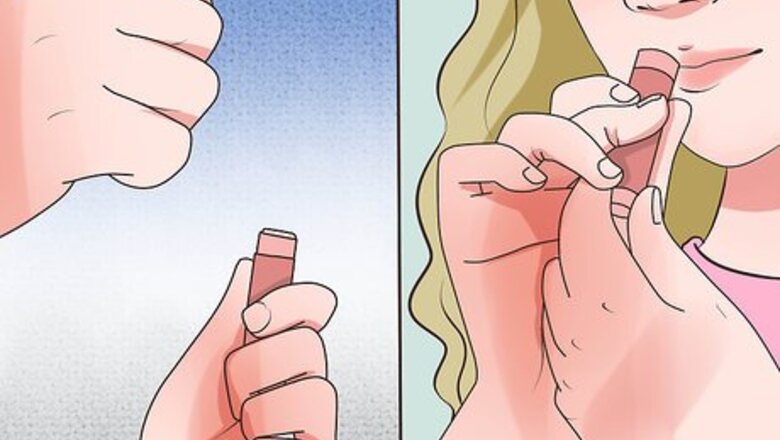
views
Applying Lip Balm From an Applicator
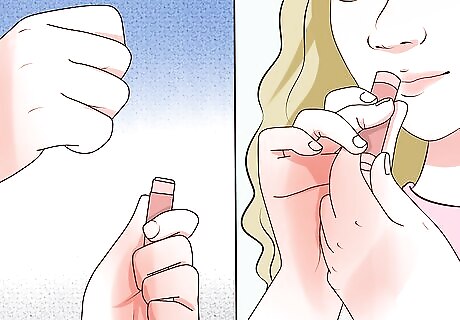
Uncap the container and prepare a small amount of balm. Depending on the type of lip balm you selected, you will retrieve the balm in different ways. The most common type of lip balm is the tube. For tubed lip balm, use the dial located on the bottom of the tube to raise the lip balm above the brim of the tube. You need only raise the balm by a half centimeter or so. Gel-based lip balms are squeezed through a tiny hole in a lipstick-shaped applicator tip. An amount slightly smaller than pea-sized should provide enough coverage. Liquid lip balms often come with what is known as a doe foot applicator. These are attached to the cap of the balm and store the balm on a spongy applicator tip.

Apply the balm to your lips. A thin, even coating to the lips and area just outside of the mouth is best for keeping those areas moisturized. Don’t worry about overdoing it – the most you have to worry about is a slightly glossy appearance around your mouth. Gel-based lip balm cannot be returned to the tube, so start with a smaller amount and add more as necessary to avoid wasting the product. If you wear lipstick, apply the balm to your lips first and allow it to sit for a few minutes before applying lipstick. This lets the moisturizing agents work their magic on your lips first.
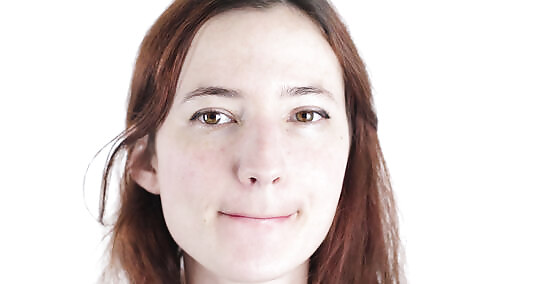
Draw in your lips to spread excess balm. You want to “hide” your lips in your mouth. This helps spread the product over areas near the mouth that also become dry or cracked. If your lip balm has a tint or coloring, be careful when applying and spreading the balm. Being too imprecise can cause a streaky, smeared mess on your face!
Applying Lip Balm With Your Fingers
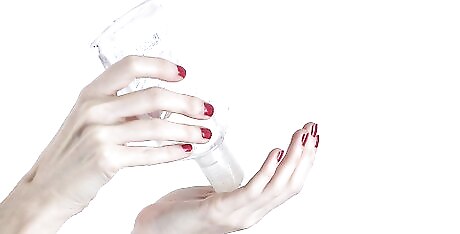
Wash your hands. Use soap and water, or an anti-bacterial gel if you’re out and about. It’s a good idea to wash up properly before you touch your lips (or any other sensitive part of your body). Touching your fingers to your lips (in this case, to apply lip balm) increases the chance of spreading germs and infections to your mouth. The proper way to wash your hands involves scrubbing the palms, back of hands, each thumb, between the fingers, and under the fingernails for 15 seconds total.
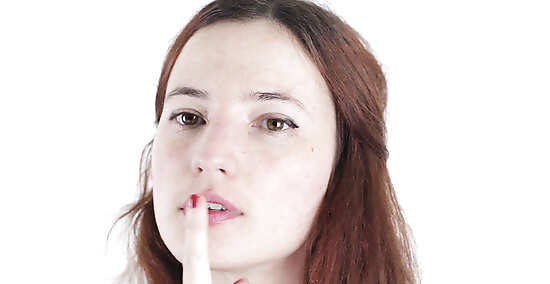
Use your fingers to apply the balm to your lips. Use your index finger, applying to the center of the bottom lip first, working your way toward the corners. Use a small amount and apply evenly to the lips, adding more balm as necessary. Balms meant for the fingers are waxy or gel-like in consistency. Small balm applicators are available for purchase. These can be carried and dipped into the balm to apply this style of balm without using your fingers. They can be easily cleaned, and will generally stay cleaner than your fingers. Quite helpful if you can't wash your hands! Don't use your fingers to apply lip balm when you are sick - you don't want to risk contaminating the balm. Instead, purchase a separate balm, and only use that one while you are sick. Using a contaminated lip balm, even when using an applicator, risks spreading germs.
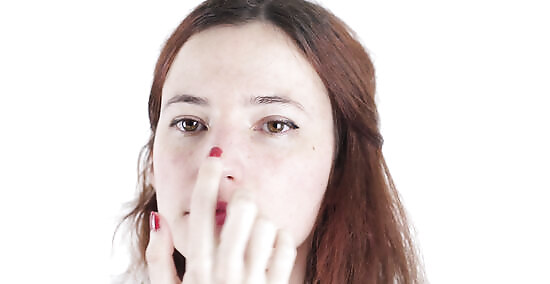
Apply to other dry areas (optional). Lip balm can also be applied to other dry areas on the face. Use your fingers to apply a small amount of balm to your nose, cheeks, and other areas that could use moisture. Common areas that dry out include just under the nose and the cheeks. This is particularly prevalent during times of cold weather, wind, or if you are prone to rubbing your nose.
Using Lip Balm Responsibly
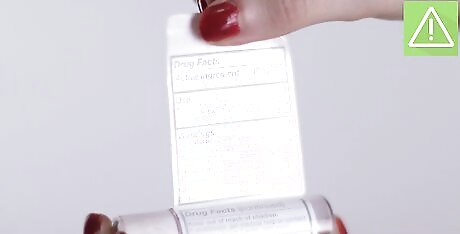
Avoid harmful ingredients. Ingredients used for artificial colors and fragrances can cause lip irritation and actually contribute to dryness. Avoid these ingredients to keep from damaging your lips further, which can lead to unnecessary reliance on the balm. Menthol, camphor, and phenol cool the lips, but can contribute to dryness. Artificial colors and fragrances often cause lip irritation. Certain ingredients help moisturize but can irritate lips, depending on your individual reaction. These include salicylic acid, aloe butter, and vitamin E.
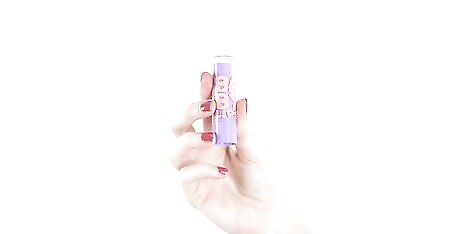
Look for ingredients that help moisturize and protect. Ingredients such as beeswax and ceramides help retain water for your lips. Other ingredients to look for include dimethicone, which helps prevent drying and improves the longevity of the product, and sunscreen. Choose a lip balm that features an SPF rating. This helps protect your lips from getting sunburned, dried out, and cracked. Find a balm with SPF 15 or higher for best results.
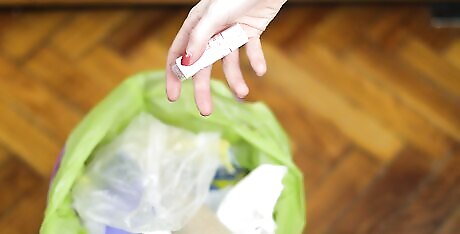
Throw away old lip balm. Old lip balm can dry out, losing its moisturizing properties. It can also harbor bacteria and mold if stored in a dark, damp area, so check the expiration date before use. Some lip balm comes in packs featuring multiple containers. Consider buying in bulk if you are concerned about "wasting" old lip balm.
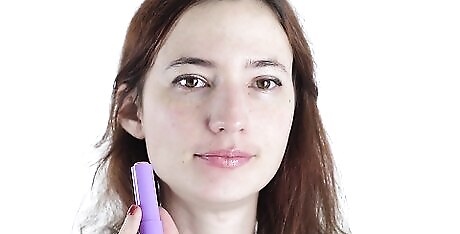
Don’t use lip balm if you don’t need it. Lip balm can be habit-forming. Overuse can actually lead to further drying out your lips. Only use lip balm when necessary, such as the cold winter months, or dry season. Ask yourself the following questions to determine whether you might be addicted: Do you use it very often? Do you spend a lot of money on lip balm? Does a lack of lip balm distract you from other activities? Do others comment on your use of lip balm?




















Comments
0 comment